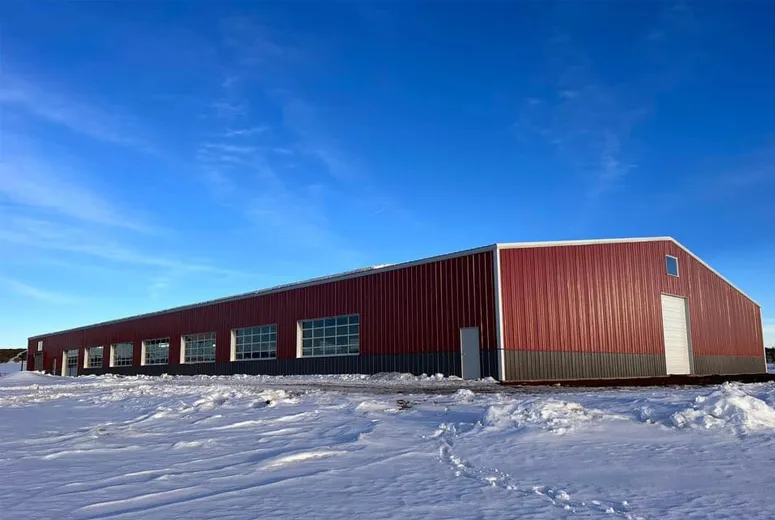- Afrikaans
- Albanian
- Amharic
- Arabic
- Armenian
- Azerbaijani
- Basque
- Belarusian
- Bengali
- Bosnian
- Bulgarian
- Catalan
- Cebuano
- Corsican
- Croatian
- Czech
- Danish
- Dutch
- English
- Esperanto
- Estonian
- Finnish
- French
- Frisian
- Galician
- Georgian
- German
- Greek
- Gujarati
- Haitian Creole
- hausa
- hawaiian
- Hebrew
- Hindi
- Miao
- Hungarian
- Icelandic
- igbo
- Indonesian
- irish
- Italian
- Japanese
- Javanese
- Kannada
- kazakh
- Khmer
- Rwandese
- Korean
- Kurdish
- Kyrgyz
- Lao
- Latin
- Latvian
- Lithuanian
- Luxembourgish
- Macedonian
- Malgashi
- Malay
- Malayalam
- Maltese
- Maori
- Marathi
- Mongolian
- Myanmar
- Nepali
- Norwegian
- Norwegian
- Occitan
- Pashto
- Persian
- Polish
- Portuguese
- Punjabi
- Romanian
- Russian
- Samoan
- Scottish Gaelic
- Serbian
- Sesotho
- Shona
- Sindhi
- Sinhala
- Slovak
- Slovenian
- Somali
- Spanish
- Sundanese
- Swahili
- Swedish
- Tagalog
- Tajik
- Tamil
- Tatar
- Telugu
- Thai
- Turkish
- Turkmen
- Ukrainian
- Urdu
- Uighur
- Uzbek
- Vietnamese
- Welsh
- Bantu
- Yiddish
- Yoruba
- Zulu
Nov . 27, 2024 20:49 Back to list
Understanding Cold Formed Buildings A Modern Construction Approach
Cold formed buildings are increasingly becoming a popular choice in modern construction thanks to their lightweight, flexibility, and cost-effectiveness. Unlike traditional construction methods involving heavy materials like concrete and steel, cold formed construction utilizes thin sheets of steel that are shaped into structural components without raising their temperature significantly. This innovative technique offers numerous advantages, making it a preferred choice for many builders and architects.
One of the primary benefits of cold-formed buildings is their efficient use of materials. The cold forming process allows for the creation of high-strength steel components that can bear substantial loads while remaining lightweight. This characteristic results not only in lower transportation and handling costs but also contributes to a more efficient construction process. In many cases, the reduction in material weight allows for smaller foundations, which can lead to significant savings in both time and money.
The versatility of cold formed steel (CFS) is another important factor contributing to its popularity. This building method is highly adaptable, capable of accommodating various architectural styles and designs. Whether constructing residential homes, commercial buildings, or industrial facilities, cold formed steel can be tailored to meet specific requirements without sacrificing aesthetic appeal. Its ability to be easily molded and shaped makes it a favorite among architects who enjoy creative freedom in their designs.
In addition to design flexibility, cold formed buildings are known for their durability. Steel is inherently resistant to many common issues that plague traditional building materials, such as rot, mold, and pest infestations. CFS structures can withstand harsh weather conditions and require minimal maintenance over their lifespan. This longevity reduces the overall life-cycle costs of the building, making cold formed structures an economically wise investment.
cold formed buildings

Moreover, sustainability is becoming an increasingly important factor in construction. Cold formed buildings align well with the principles of sustainable design, as steel is a highly recyclable material. When a cold-formed building reaches the end of its lifecycle, its components can be recycled and reused, minimizing waste and reducing the environmental impact associated with construction and demolition.
From a safety standpoint, cold formed buildings also offer advantages. The steel used in cold formed construction has excellent fire resistance, which is crucial for ensuring the safety of occupants. Furthermore, the strength-to-weight ratio of cold formed steel facilitates better performance during seismic events, making it ideal for construction in earthquake-prone areas.
Despite these advantages, there are some challenges associated with cold formed buildings. One notable concern is the susceptibility of steel to corrosion. However, protective coatings and galvanization techniques can mitigate this risk, ensuring the longevity of the structure. Additionally, builders must possess a solid understanding of cold forming techniques and design principles to optimize the performance and safety of the structure.
Looking ahead, cold formed buildings are likely to play an even more significant role in the construction industry as innovations continue to emerge. Advances in technology are improving the efficiency and effectiveness of cold forming processes, enabling builders to create even more complex and robust structures. As sustainability becomes a central focus for new construction projects, cold formed buildings stand poised to lead the way with their eco-friendly attributes.
In conclusion, cold formed buildings represent a modern construction approach that marries efficiency, flexibility, and sustainability. With their numerous benefits, including lightweight design, durability, and aesthetic versatility, cold formed structures are well-suited for a variety of applications, making them an increasingly prevalent choice in today's architectural landscape. As the industry continues to evolve, it is clear that cold formed buildings will play a vital role in shaping the future of construction.
-
How Do Prefabricated Steel Structures Transform Modern Construction?
NewsJul.14,2025
-
How Do Prefabricated Metal Buildings Redefine Modern Construction?
NewsJul.14,2025
-
How Do Prefab Insulated Metal Buildings and Steel Structures Revolutionize Modern Construction?
NewsJul.14,2025
-
How Do Pre - Engineered Steel Structures Redefine Modern Construction?
NewsJul.14,2025
-
Advancing Modular Construction with Prefabricated Metal Structures
NewsJul.14,2025
-
Advancing Industrial Infrastructure with Prefabricated Steel Solutions
NewsJul.14,2025
Products categories
Our Latest News
We have a professional design team and an excellent production and construction team.












